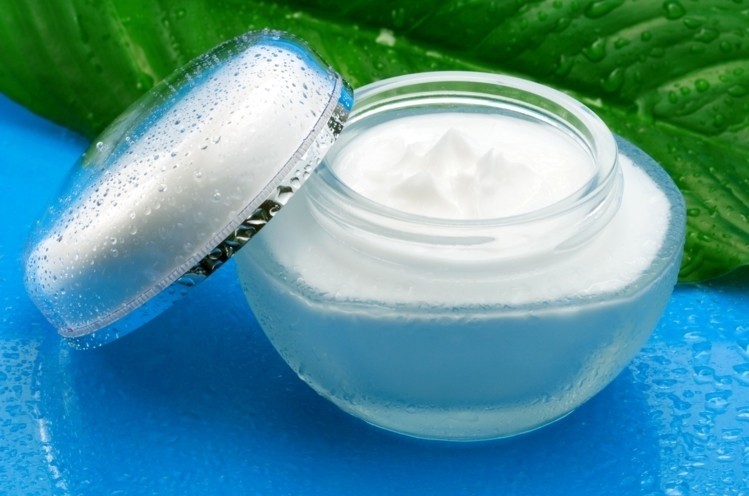ISO guidelines for natural and organic cosmetics: industry reacts

An international standard on the definitions for marketing claims like ‘natural’ and ‘organic’ is needed, industry experts and professionals generally agree, as it helps the claims gain a science-based backing, reduces the potential for greenwashing, and is likely to encourage greater consumer trust as result.
ISO is an independent, non-governmental international organisation that creates documents setting specifications, requirements or guidance on a topic.
In its recent guidelines, the body has been focusing on the issue of natural and organic beauty definitions for both ingredients and products.
The publication of these guidelines do not represent an automatic change in the regulatory framework for natural and organic cosmetics: countries might choose to adopt the ISO guidelines but there is no obligation.
What are the guidelines?
The ISO has released its two-part guidelines: it officially released Part 2 Part 2 (ISO 16128-2:2017) in September. With Part 1 having been released in February 2016.
The guidelines may now be used by any producer or manufacturer looking to create products either natural or organic, or both.
As well as boosting transparency and accountability of claims, a standardised international definition of natural and organic beauty has the potential to reduce complexity around the claims, and along with this, minimise barriers for trade.
So, according to the industry, how did ISO do?
Natrue responds
One industry player suggests the new ISO guidelines are not enough.
Natrue, an international not-for-profit organisation that has offered its own certification scheme for green beauty products and brands, says the new guidelines fall short on three critical points:
1) General lack of transparency for consumers
The guidelines can only be accessed by paying, and, even if purchased, the guidelines alone will not clarify how they have been used in practice, the industry organisation suggests.
2) Permitted ingredient origin
Petrochemical Ingredients
Users of the guidelines are not obliged to restrict the use of petrochemicals whatsoever. Consumers would not expect mineral oil to be in authentically natural products but ISO 16128 allows it.
“This is an example of how the guidelines are fundamentally inconsistent with the principles of the sector, and do not help the evolution and growth of the sector or solve the core issue surrounding greenwashing,” says Natrue.
GM plants
“Consumers do not expect cosmetic ingredients coming from sources like genetically modified plants (GMOs) to be permitted in natural and organic cosmetics,” says Natrue. “Consumers are currently reassured on this point as each of the most established private standards for natural and organic cosmetics guarantees a ban on such ingredients.”
Verification, control and identification of finished products
Part 2 of the guidelines provides calculations to determine the natural or organic ingredient content; these can be voluntarily authenticated by certification.
“However,” says Natrue, “ISO certification using ‘flexible’ guidelines is not on a par with certification to a recognised set level of naturalness or organic content by a private certification standard that certifies to specific criteria.”
“Certification to ISO 16128 only authenticates that the calculation was carried out correctly, as the guidelines have no benchmark to establish at what percentage content a product can claim or be considered natural or organic. These are out of scope of ISO 16128 and remain the responsibility of the regulator.”
Moving forward, it remains to be seen how individual countries choose to reflect, or not, the ISO guidelines. CosmeticsDesign is keen to hear any industry responses to the guidelines. If you have an opinion, get in touch here.






















